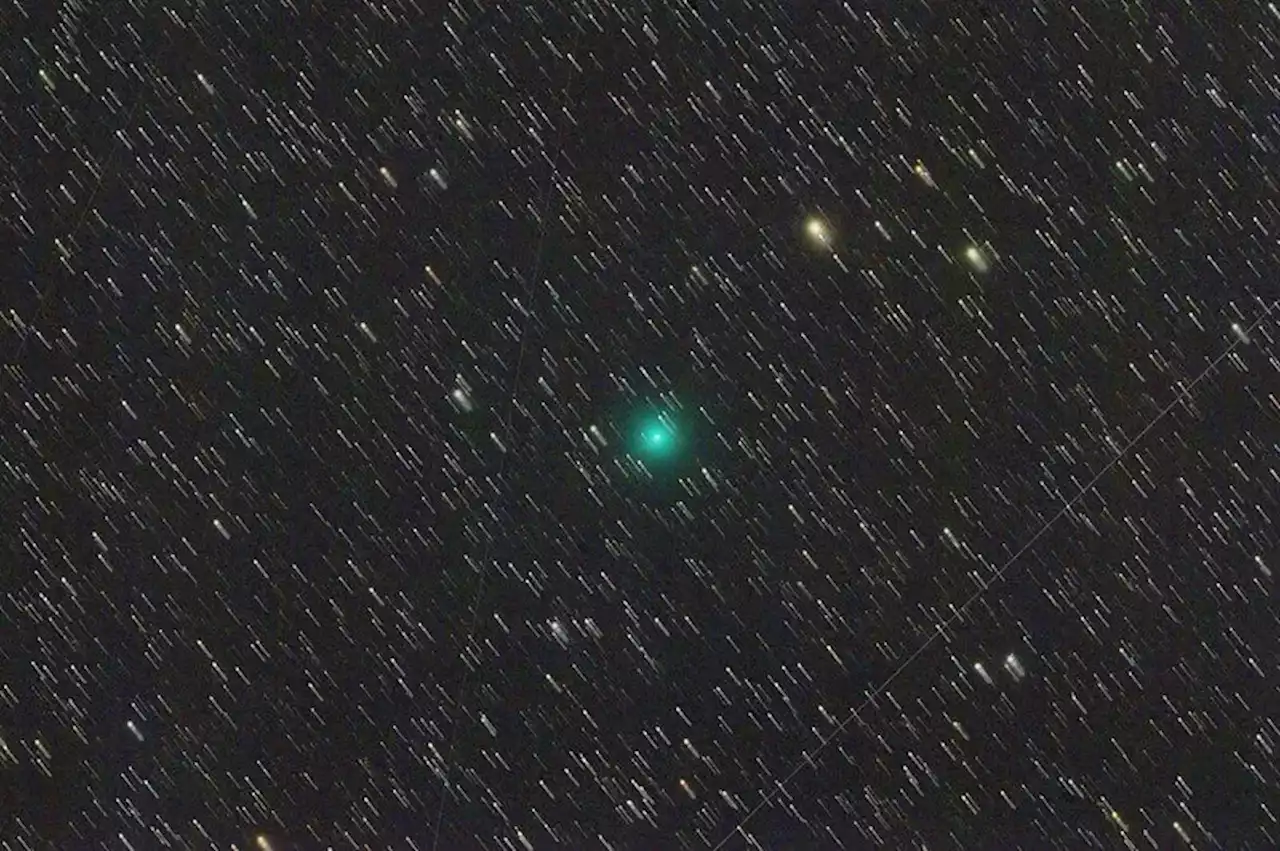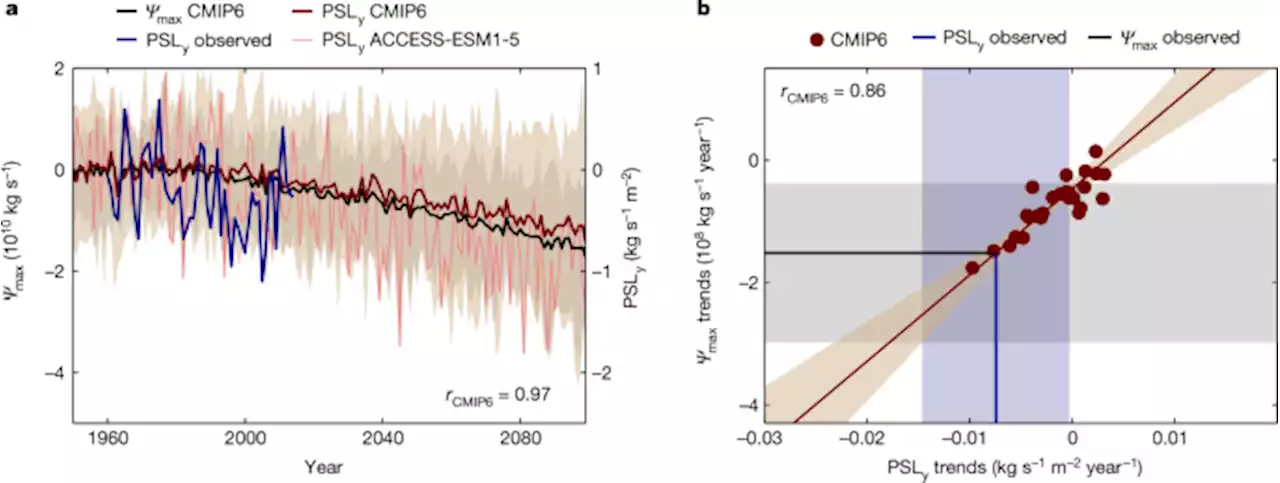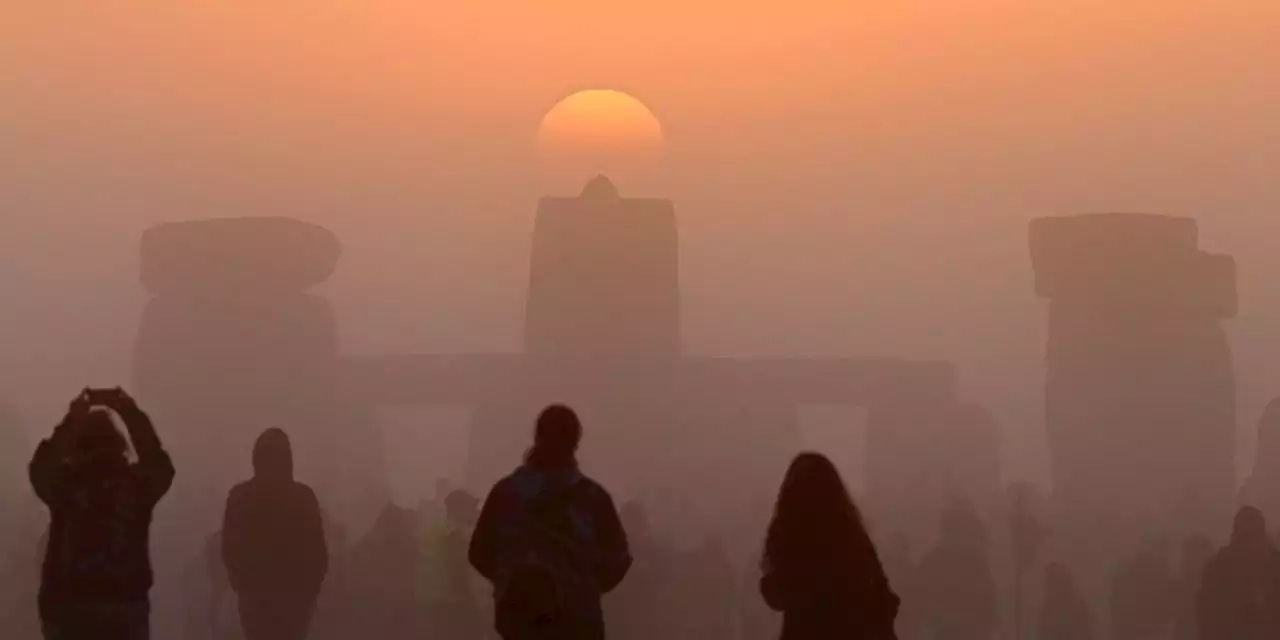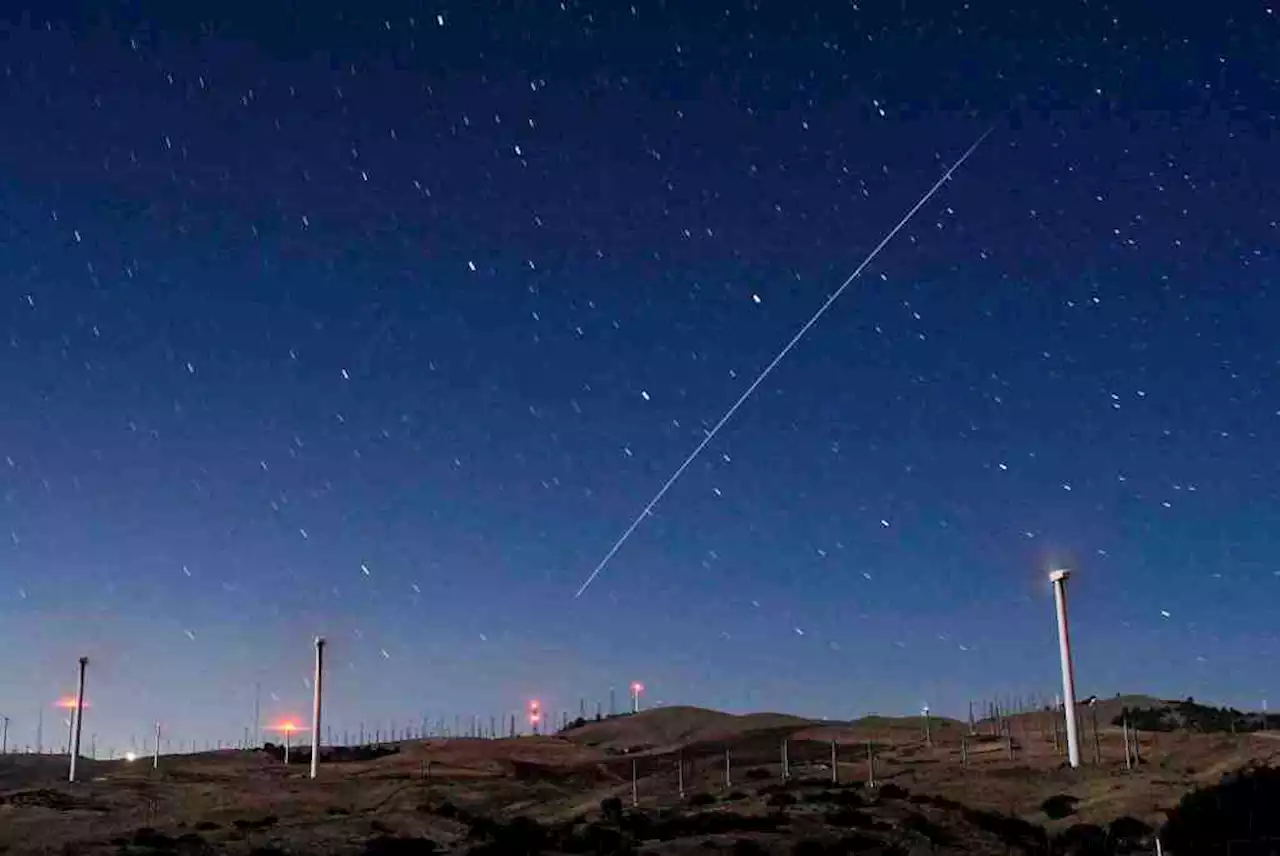The meteor shower will be most visible to viewers in the Northern Hemisphere on August 12 and 13, just a few hours before dawn.
“With a 10% illuminated waning crescent moon, that means any moonlight we do get will be less and not drown out the fainter stars,” said Dr. Shannon Schmoll, director of the Abrams Planetarium at Michigan State University, in an email. “It also won’t rise until almost 4am , meaning you have some time to view the meteor shower without any moonlight interfering.
The highly anticipated celestial event’s name is a nod to its origins near the constellation of Perseus. The shower began this year on July 14, and will continue until September 1, though not as many meteors will be visible after the peak.
United States Latest News, United States Headlines
Similar News:You can also read news stories similar to this one that we have collected from other news sources.
 Follow Comet E1 Atlas Through the July SkyComet C/2023 E1 ATLAS skirts the northern pole for summer northern hemisphere observers.
Follow Comet E1 Atlas Through the July SkyComet C/2023 E1 ATLAS skirts the northern pole for summer northern hemisphere observers.
Read more »
 Human-induced weakening of the Northern Hemisphere tropical circulation - NatureAnalysis of sea-level pressure measurements shows that, in agreement with the latest suite of climate models, the Hadley circulation has considerably weakened in the Northern Hemisphere over recent decades, driven by anthropogenic emissions.
Human-induced weakening of the Northern Hemisphere tropical circulation - NatureAnalysis of sea-level pressure measurements shows that, in agreement with the latest suite of climate models, the Hadley circulation has considerably weakened in the Northern Hemisphere over recent decades, driven by anthropogenic emissions.
Read more »
 Summer solstice 2023 marks longest day in the Northern Hemisphere as Earth's seasons changeSummer officially begins today (June 21) at 10:57 a.m. EDT (1457 GMT).
Summer solstice 2023 marks longest day in the Northern Hemisphere as Earth's seasons changeSummer officially begins today (June 21) at 10:57 a.m. EDT (1457 GMT).
Read more »
'The New Normal': Extreme Heat Imperils Millions Across Northern Hemisphere'Getting off fossil fuels is the only way to stop this crisis from getting worse,' said one campaigner.
Read more »
 Summer Solstice 2023: How Is the Longest Day of the Year Celebrated?Thousands will gather around the world to celebrate the 2023 summer solstice. Here’s what to know as the Northern Hemisphere marks the longest day and shortest night of the year.
Summer Solstice 2023: How Is the Longest Day of the Year Celebrated?Thousands will gather around the world to celebrate the 2023 summer solstice. Here’s what to know as the Northern Hemisphere marks the longest day and shortest night of the year.
Read more »
